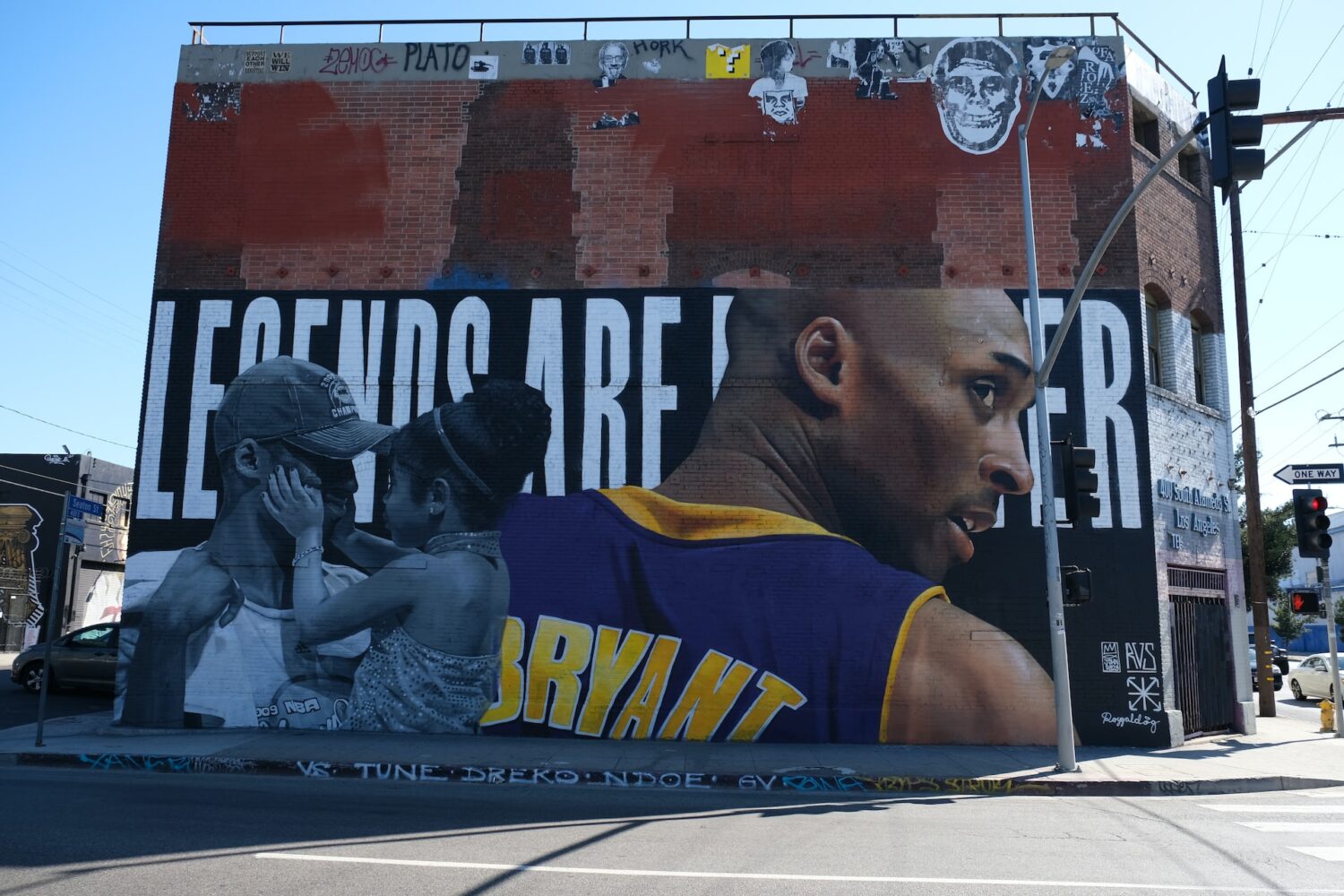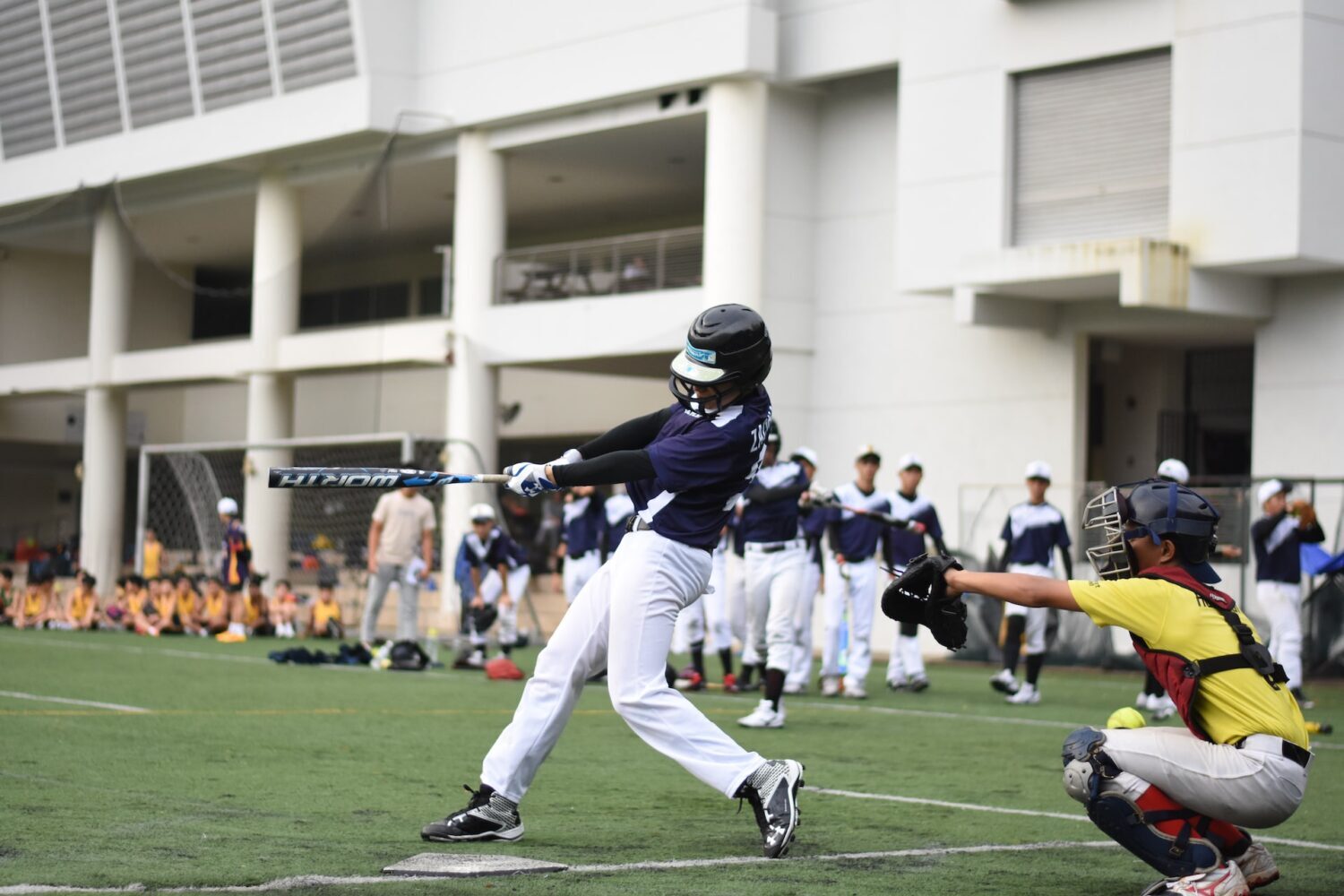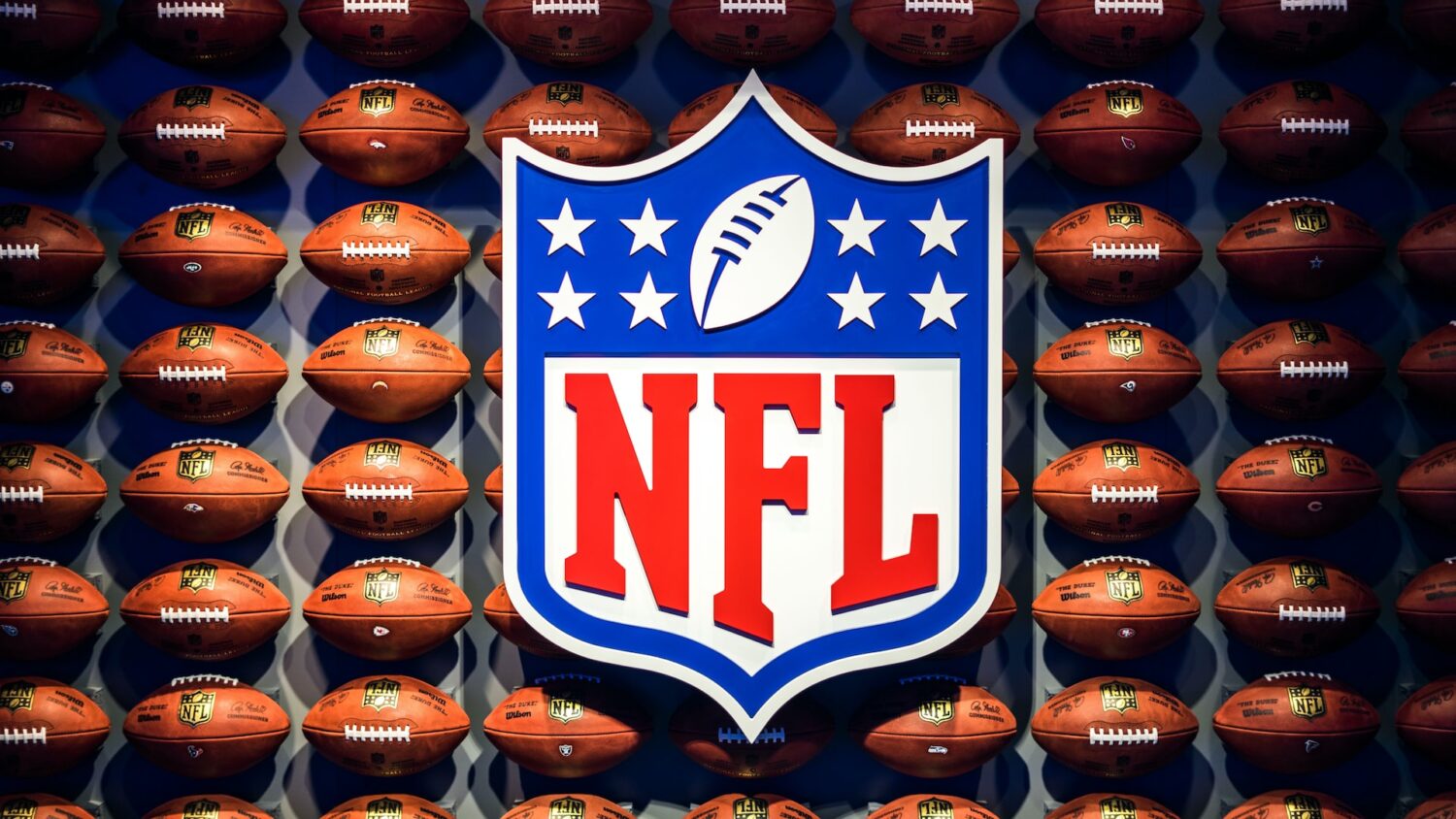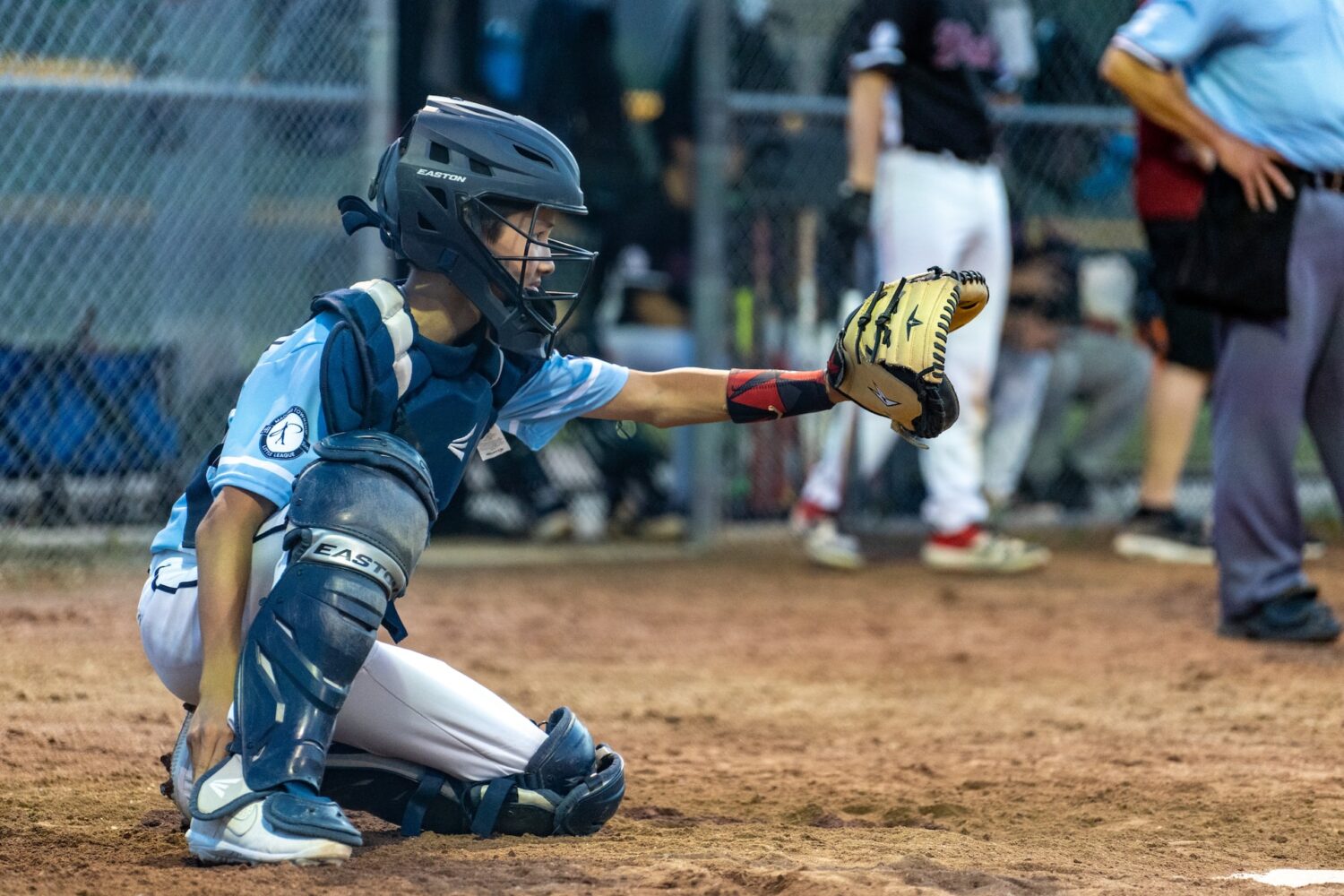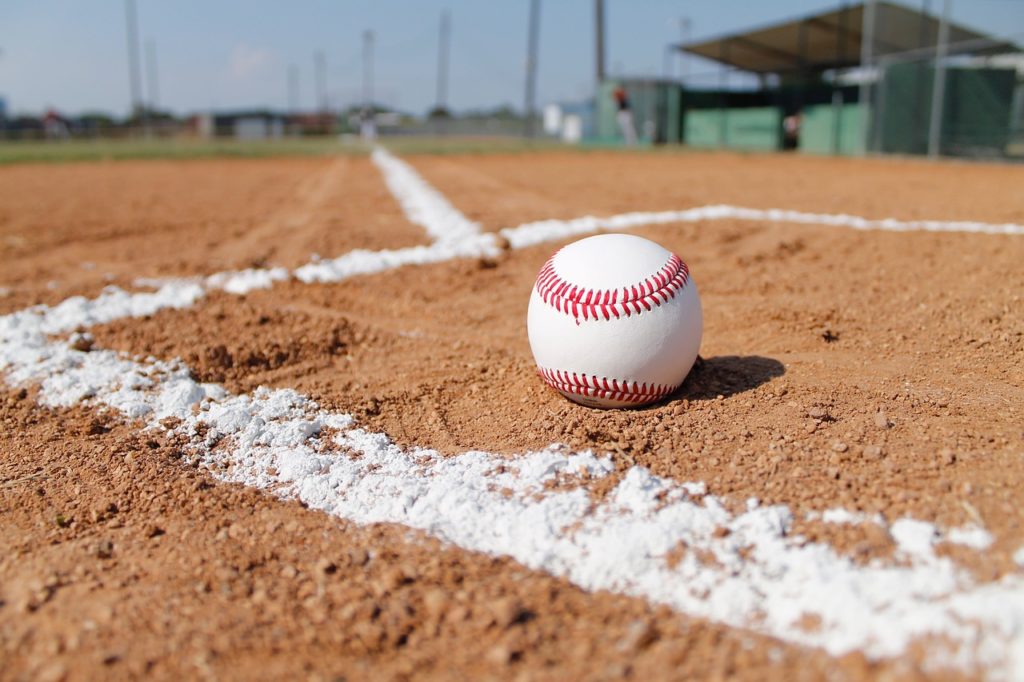
Whether or not baseball needs to change in order to make the game “less boring” is a matter up for debate and will likely never yield a correct answer. Diehard fans do not want anyone changing their beloved game, while the average fan who follows throughout the season may tell you that the game could be sped up.
To each his own.
But let’s face it, over the years America’s pastime has undergone some major changes, and as fans we’ve adjusted. The nearly 200-year-old game is a completely different beast in 2017 than it was in the 1830s. What are the biggest changes? Let’s take a journey back in time.
1858 – Called strikes are introduced for the first time. We’re used to it now, a fastball zipping by a batter as he just stands and stares at it. Then it’s up to the ump to decide if it’s a call or a strike. Before 1958, there was no such thing as called strike, as priority was given to the batter rather than the pitcher. Back then, the umpire would have to warn a batter before calling a strike.
1887 – Hit by pitch rule. It wasn’t until 1887 that the hit by pitch rule was introduced. For anyone unfamiliar with the rule, a batter who is hit by a pitch is automatically awarded first base.
1889 – Base on balls rule changed to four balls. In 1889, after already changing the rule twice during the same decade, baseball changed its base on balls rule again, this time reducing the number of balls to four. During this latest round of changes in 2017, the base on balls rule was thrown into the spotlight because of changes to the international walk.
1920 – Dead-ball Era official ends and the spitball is banned. The end of the dead-ball era in baseball is arguably the most important change in the game, resulting in the beginning of an offensive shift. During the Dead-ball Era, no two baseballs were exactly alike, and pitchers only used three or four balls per game, unlike the more than 60 balls used on average per game nowadays. Using the same ball over and over again meant the balls would get dirty, and pitchers would dirty them, causing the balls to make erratic movements and making it tougher on the batter. Likewise, the ball would not travel as far. After the 1920 season, the spitball was banned. During that season a batter named Ray Chapman died after being struck in the head by a spitball.
1973 – The beginning of the designated hitter. On April 6, 1973 Ron Blomberg became the first designated hitter. The New York Yankee was walked on a full count by Luis Tiant of the Boston Red Sox. The rule itself was approved by the American League in January of the same year. The National League resisted, marking the first the two leagues would play with a different rule.
2008 – The era of instant replay begins. In 2008 Commissioner Bud Selig announced that MLB will begin using limited instant replay during games. Umpires were allowed to review disputed home runs to determine if a fan had tampered with the ball, whether it was fair or foul and cleared the fence.
2012 – The wild card game. In 2012, Major League Baseball announced the beginning of another wild card team and a wild card game: a postseason elimination game. Instead of four teams, five teams would “ experience playoff baseball each year, all while maintaining the most exclusive postseason in professional sports,” this according to Commissioner Selig. There were many positives and negatives to the new rule, including the fact that each wild card team will likely use their ace during the game, meaning he wouldn’t be available for Game 1 of the series.
*Honorable mention: throughout the years there were many changes involving pitching that led us to today’s pitching, including eliminating steps before pitching (1863), the dimensions of the pitcher’s box were changed several times, as was the height of the mound and restrictions on ways a pitcher can pitch (which were eliminated altogether in 1884).

The greatest NBA dynasties of all time
The goal for any basketball franchise is to build a dynasty that fans and experts will be talking about for





